Not too long ago, I found that my old front door was no longer the right fit for my home. After years of constant exposure to the elements, our old wooden door had gotten warped to the point where even closing it became a chore.
I needed a replacement door and at the same time, I also realized I had an opportunity to improve my home.
In the continuing fight against climate change, I could choose a more energy efficient replacement door for my home and chip in to the cause just a bit more. Of course, I still had to figure out which door would actually work best with that purpose in mind.
French doors and sliding doors stood out as intriguing options. Are sliding doors or French doors more energy efficient? That’s the question I wanted to answer.
If you want to learn more about my findings, please feel free to read on.
What Is the More Energy Efficient Option between French Doors and Sliding Doors?
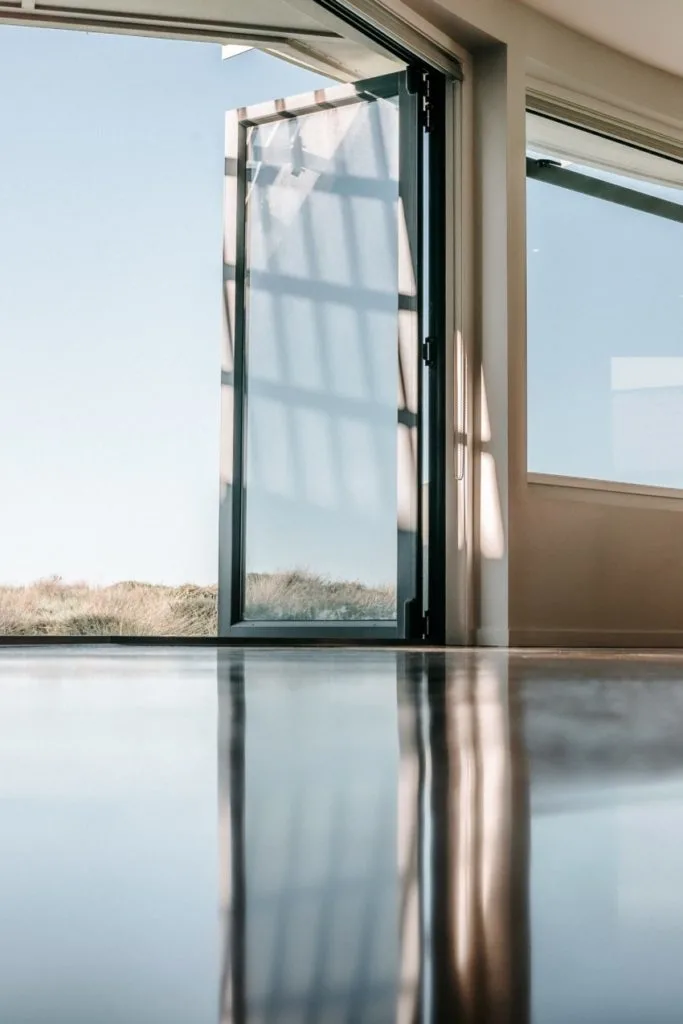
Sliding doors are more energy efficient than French doors due to the way they’re designed. Since French doors shut against the frame with nothing behind them, it’s easier for air to leak through the openings in the doorway no matter how small they are. The sliding doors can create consistently tight seals that prevent heat transfer, thus improving their energy efficiency even further.
Are Sliding Doors or French Doors More Energy Efficient – What You Need to Know
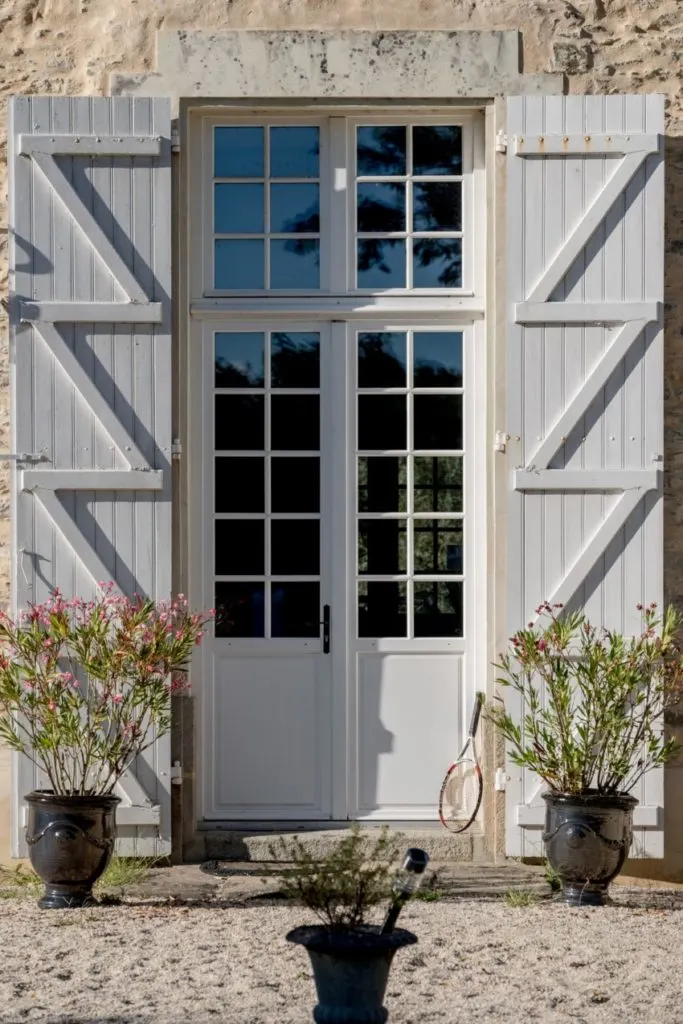
It’s not a huge margin, but sliding doors are more energy efficient than French doors. Over time, those energy savings will pile up.
Switching to sliding doors will reduce your energy consumption. Every little bit helps when you’re trying to help the environment so welcome those energy savings with open arms.
To better communicate how sliding doors outperform French doors in terms of energy efficiency, I went ahead and highlighted some key points of comparison. You can check those out below.
Material Overlap
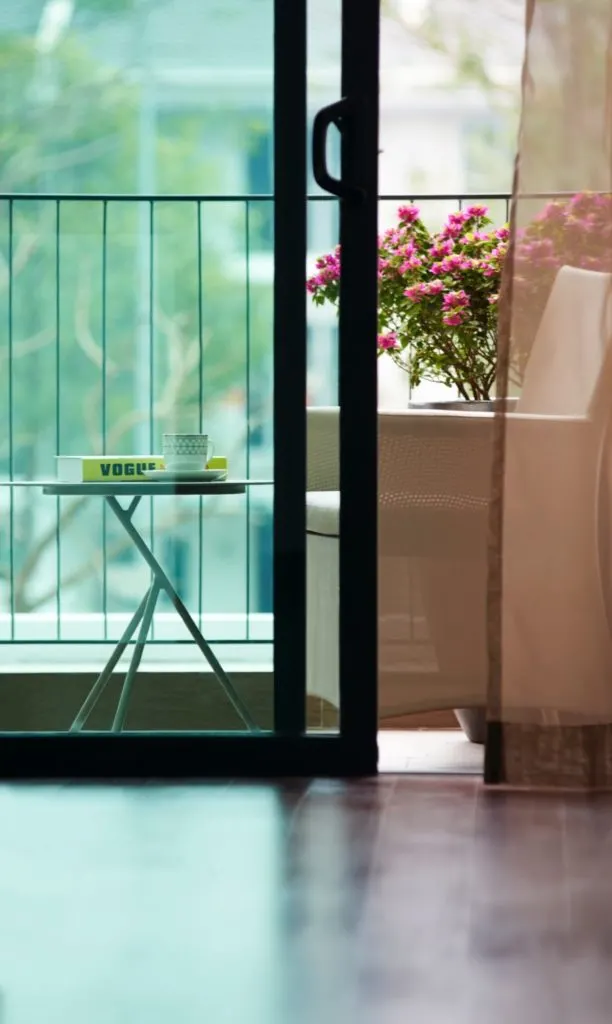
Sliding doors and French doors operate differently.
With a French door such as this one illustrated by This Old House, you can see that the handle set and locks are located at the center. Those aforementioned parts of the French door also happen to be the areas where air can pass through with greater ease.
The two panels of the French door being misaligned will allow air to pass through. That can happen even if the door is shut most of the way.
Simply put, the conventional design of the French door does not lend itself well to preventing heat transfer. There are too many spots for air to squeeze through.
The lack of material overlap doesn’t help either. Once the air passes through the small openings in the French door, it enters your home immediately. There is no additional layer of material that stops the air from getting into your home.
Sliding doors like the options from Pella’s 150 Series offer more resistance.
For starters, the locks and handle sets of sliding doors are covered better. Even if the wind gets by them, there is enough material covering the frame of the sliding door to prevent rapid heat transfer. The design of the sliding door itself allows it to work better from an energy conservation standpoint.
Natural Lighting
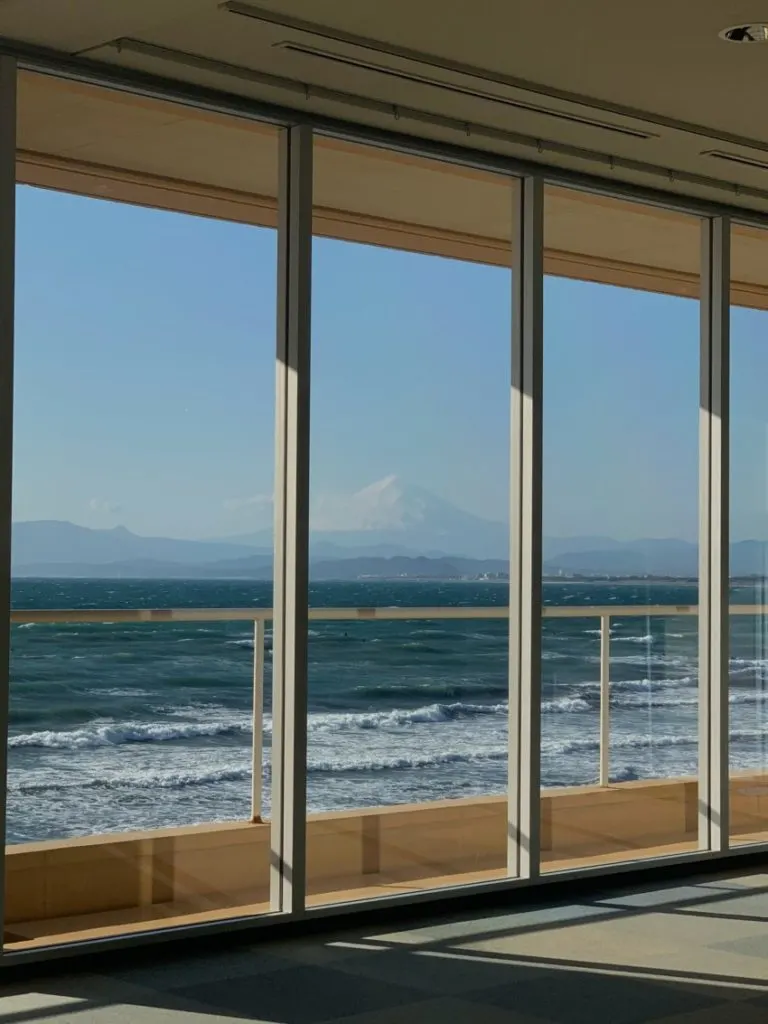
For energy conservation purposes, choosing the right type of door matters not just because of how well they transfer heat. You should also evaluate energy efficient doors based on their ability to provide natural lighting.
After all, you still need electricity to power up your light fixtures at home. It would be great if you could rely more on natural lighting instead.
With that in mind, sliding doors again emerge as preferable options compared to French doors. Even when they’re closed, sliding doors can allow plenty of natural lighting to enter your home.
French doors allow a good amount of natural lighting to enter your home as well. However, sliding doors still have them beat.
Sliding doors also make it possible for you to fill several rooms with natural light. You cannot do that using French doors. Dusco’s sliding patio doors work as great additions if you want to use natural lighting more effectively.
Light fixtures are not the most voracious consumers of electricity in your home. Because of that, you might have assumed that using them or natural lighting doesn’t make a big difference. You have to look at things from a long-term perspective to appreciate the value of natural lighting.
Over time, you can conserve a good amount of electricity by using natural lighting whenever you can.
Warping Tendencies
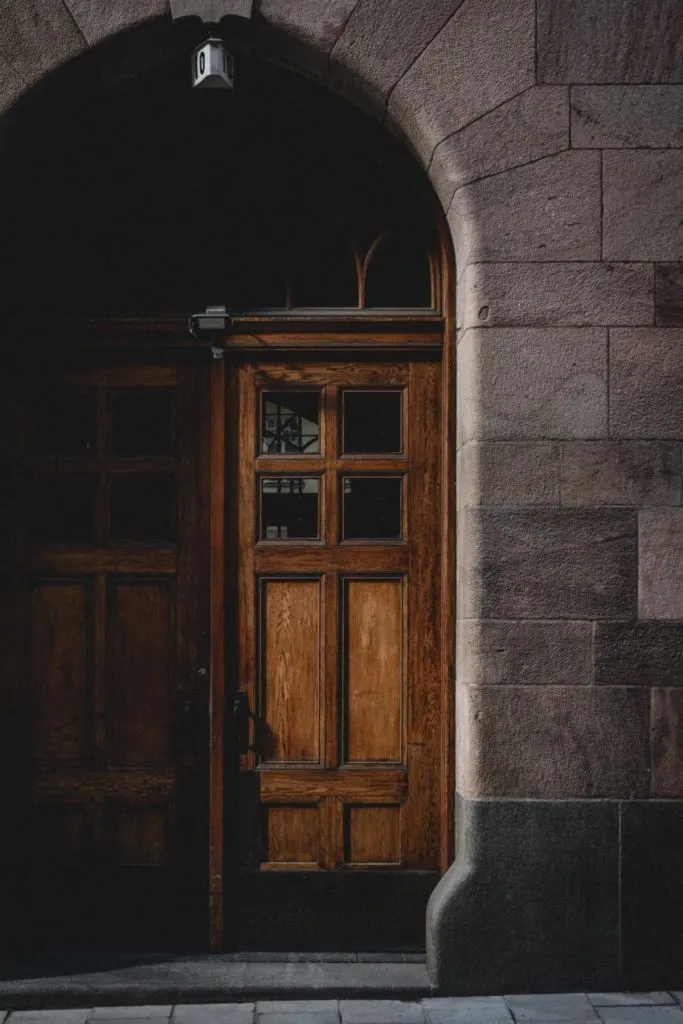
Speaking of long-term ramifications, you must consider them when evaluating sliding and French doors. To be more specific, you have to consider how they will hold up against consistent exposure to moisture.
Warping occurs when wood absorbs too much moisture or if the aforementioned material is routinely exposed to humid conditions. As time goes by, the wood may start to warp and become deformed.
The warping will affect how well your home handles heat transfer. Your home may have a harder time maintaining temperatures because of the larger openings along your door.
When comparing sliding doors vs French doors, you have to consider how well each option resists warping.
Sliding doors are not prone to warping because they don’t use wooden frames. The thick materials around the frames also combat warping.
You cannot say the same thing about French doors that sometimes feature wooden frames. Keeping French doors protected from warping is easier now, but it remains an issue.
If you simply want to install an energy efficient door and not worry about how well it will hold up, the sliding door is the right option.
What Are the Qualities of Eco-Friendly Doors?
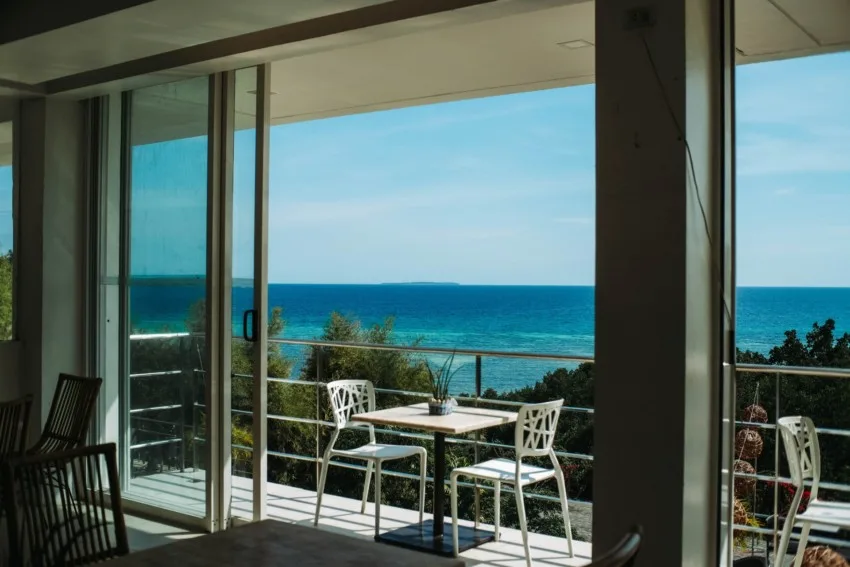
What are more eco-friendly sliding or French doors?
Answering that question has been our main focus throughout this article. We now know that sliding doors are clearly the superior option in terms of energy efficiency.
Does that mean that you should only choose sliding doors if you want to build a more eco-friendly home? That’s not necessarily the case.
By honing in on certain characteristics, you’ll find that several door options currently on the market will work well on your home from an energy-saving standpoint.
Let’s focus more on those characteristics and understand how they help doors become more energy efficient. We detail those characteristics further in the sections below.
Specific Material Compositions
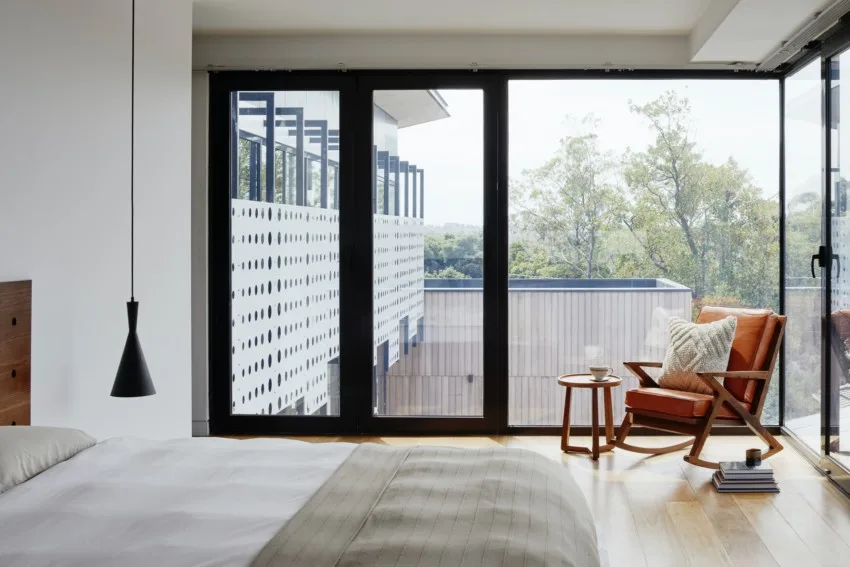
Unsurprisingly, the material used to create the sliding or French door has a major impact on its energy efficiency rating.
Wood is actually one of the better material options in terms of insulation. They will help you maintain the exact type of temperature you want. As we’ve already discussed, though, wood’s tendency to warp impacts how energy efficient it is.
Instead of purchasing a wooden door, you can choose fiberglass or steel if you want something that handles heat transfer more effectively and consistently. These Therma-Tru Benchmark Doors stand out as good purchases if you’re seeking something made from fiberglass.
Aside from being a good insulator, fiberglass helps prevent energy waste by being lightweight. It will stay in its intended position and provide the energy retention your household needs.
Meanwhile, this article from Rise explains that steel doors can be energy efficient because they can be modified. Homeowners can opt to have the steel door hollowed out. Once hollowed out, the door can be filled with insulation.
With those doors lining your home, you won’t have to turn up the heater or air conditioner as much during certain times of the year. You can effectively reduce your energy consumption thanks to that.
Multi-Pane Construction
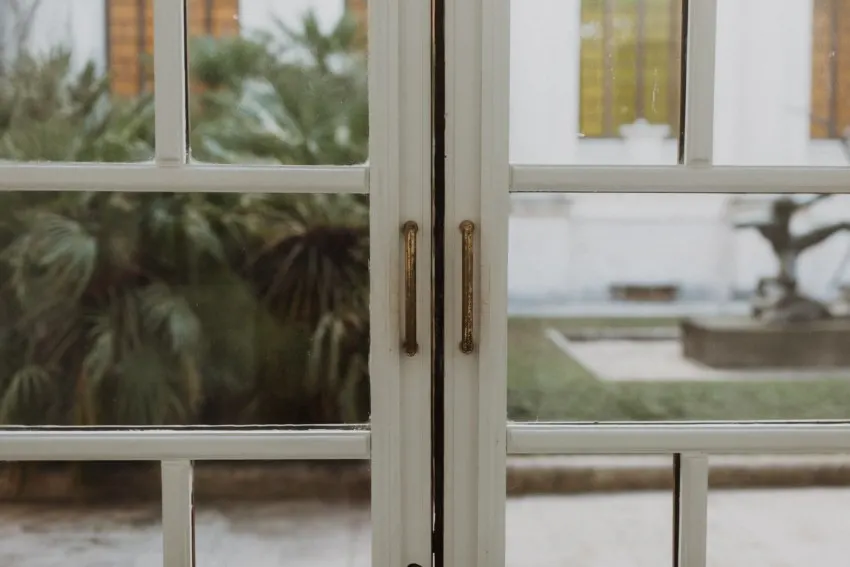
Are sliding doors or French doors more energy efficient? When choosing between two specific options, you should look at how they are constructed.
You want to focus on the number of glass panes that are used for the doors. Most manufacturers will offer doors that feature one pane of glass, two panes of glass, or three panes of glass.
Doors that utilize the single-pane structure are the least energy efficient out of all your available options. Because there is only one layer of glass shielding your home interior, the door’s insulating capabilities are naturally limited.
Avoid purchasing single-pane French doors or sliding doors because they simply lack the qualities you’re looking for.
Double-pane glass doors are better for energy conservation. To understand why double-pane glass doors work better for conserving energy, you must understand how they’re made.
The extra pane of glass serves as an additional barrier for air to pass through. There’s also an insulated pocket of air between the two panes of glass. That insulated pocket of air helps regulate temperatures as well.
Doors that use three panes of glass are even more energy efficient because they provide more insulating barriers.
If possible, you should purchase doors that come equipped with three panes of glass. They are best suited for energy conservation and they will keep your home comfortable.
Of course, those triple-pane doors are expensive. You can settle for a double-pane door if that one fits better into your budget.
Weather Stripping Included
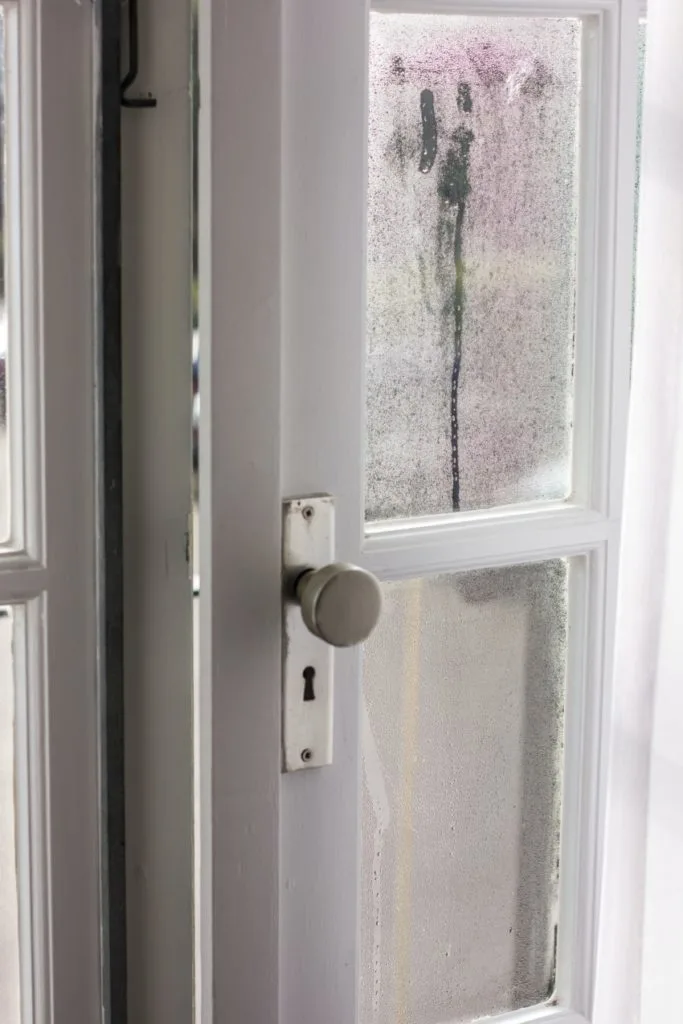
The best doors for energy saving are equipped with weather stripping. Why is that component so important?
The idea behind adding weather stripping is to create a tight seal. With the weather stripping in place, any potential leaks are tightly sealed. The small openings that air could previously pass through are closed by the weather stripping.
Weather stripping is mainly used to seal doors, windows, and other moving components of your home that air would pass through. According to the Department of Energy, caulk can be used instead of weather stripping if the part you’re trying to seal is stationary.
Homeowners should also know that more than one type of weather stripping is available.
Felt weather stripping is a widely available option. Many homeowners opt to use felt weather stripping because it’s very affordable. Still, it’s hard to say that you’re getting good value considering how inconsistent felt can be at impeding airflow.
Weather stripping made from reinforced vinyl is another popular option. Reinforced vinyl weather stripping is also quite affordable, but it prevents heat loss and heat gain better than felt. However, some homeowners don’t like the fact that this type of weather stripping is easily visible after being installed.
Reinforced foam is another low-cost type of weather stripping that gets the job done, but greenhouse gases are produced during its manufacturing process.
If you can afford to splurge, magnetic weather stripping is likely your best bet. It fits sliding and French doors with no issue and its performance is top-notch. Magnetic weather stripping is pricey, but it’s the eco-friendly option that will suit your home best.
Exterior doors that already come with weather stripping included are easy to find. This JELD-WEN offering is a good example of that kind of product.
Can French Doors Become as Energy Efficient as Sliding Doors?
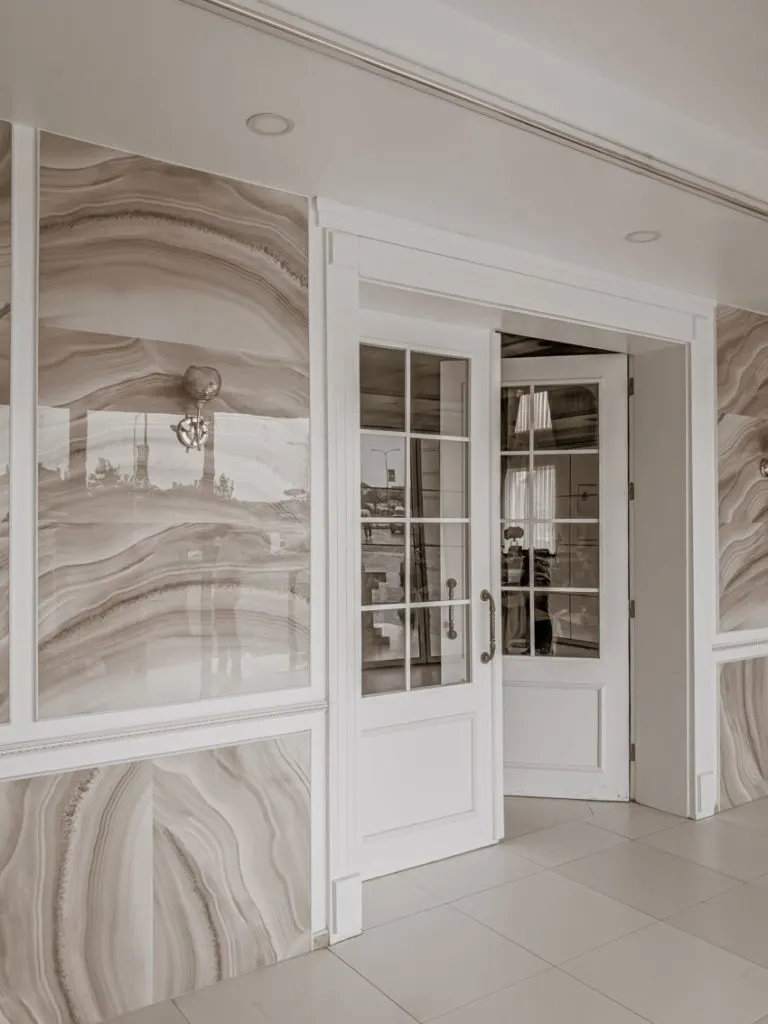
We all know the answer to the question of “are sliding doors or French doors more energy efficient” at this point. But, is it possible for French doors to become as energy efficient as the sliding doors?
That is indeed a possibility.
If you want a French door that rivals sliding doors in terms of energy efficiency, remember to account for the qualities we mentioned above.
Look for French doors made from fiberglass or steel. Make sure they use at least two panes of glass and that they come with weather stripping included.
A French door featuring those qualities can contribute significantly to your energy conservation efforts.
Notably, you can also add more panes of glass and weather stripping to sliding doors to boost their energy efficiency. Assuming they come equipped with the same features, sliding doors are still more energy efficient than French doors.
See Related: Most Ethical Gemstones
Can a Storm Door Make a Home More Energy Efficient?

Storm doors are those special outer doors that are installed on top of an already existing exterior door. Those storm doors can be used to increase the amount of light that enters your home and they also protect the exterior doors.
But, can storm doors help out if you need additional thermal protection? The answer to that question depends on what door you have.
Storm doors won’t do much for new doors. The insulation they provide in that scenario is marginal at best.
It’s different if they are paired with damaged doors. The storm door can cover the openings found on the exterior door. Take a closer look at the Savannah Storm Door from Larson if you’re interested in trying one out.
You should still replace the damaged exterior door eventually, but the storm door can seal the air leaks in the meantime.
